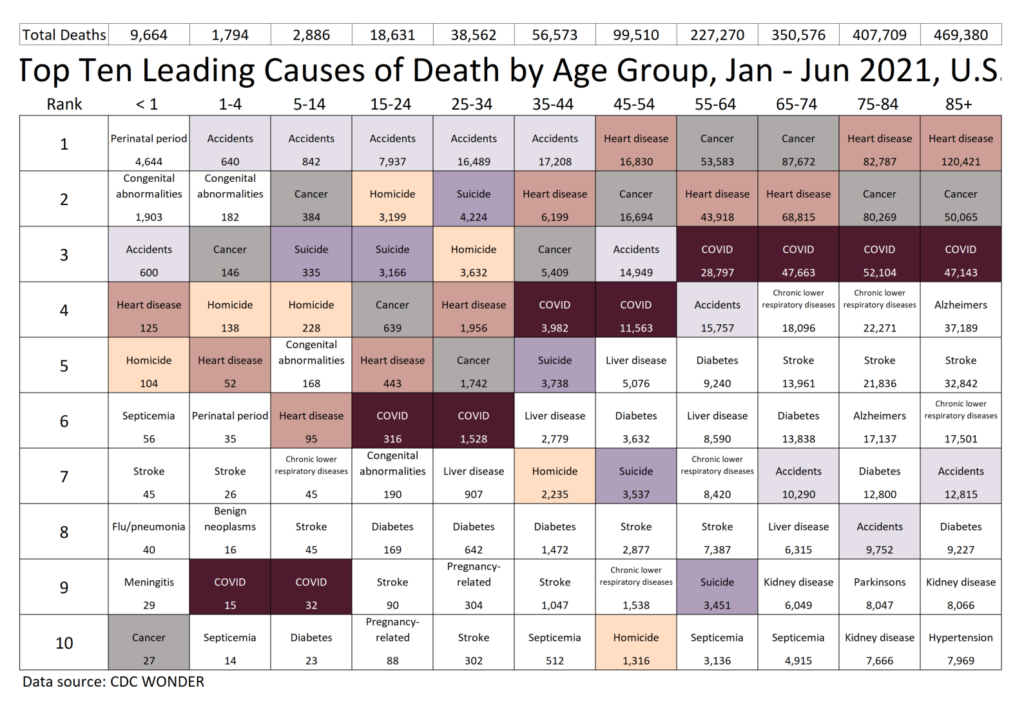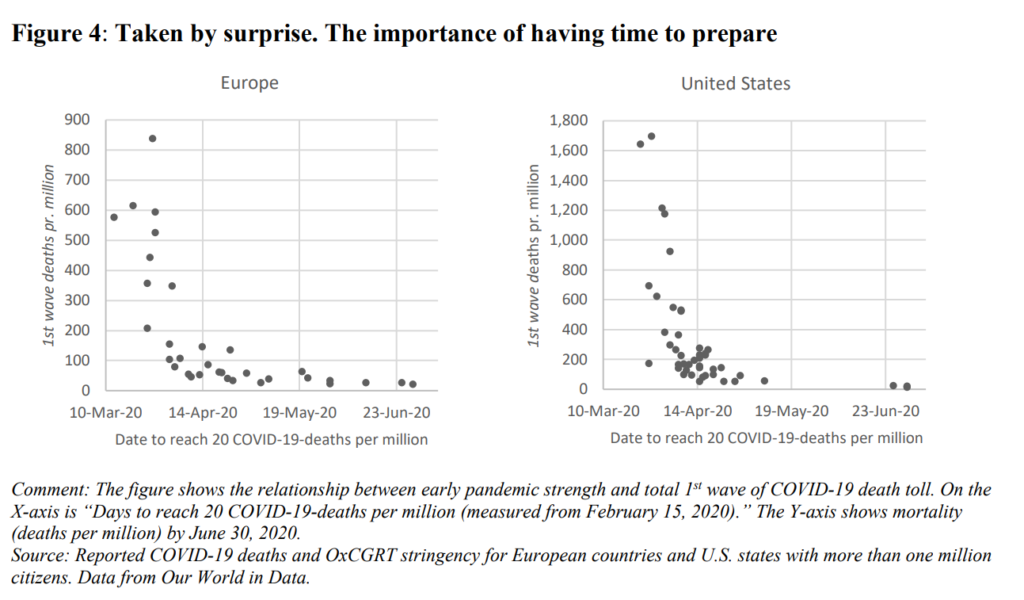Excerpt:
A collection of 700 pre-specified goods that includes a leg of lamb, bedroom furniture, a television and champagne seems a blunt and darkly comical tool for recording the impact of inflated grocery prices in a country where two and a half million citizens were forced by an array of desperate circumstances to use food banks in the last year.
The Smart Price, Basics and Value range products offered as lower-cost alternatives are stealthily being extinguished from the shelves, leaving shoppers with no choice but to “level up” to the supermarkets’ own branded goods – usually in smaller quantities at larger prices.
I have been monitoring this for the last decade, through writing recipes on my online blog and documenting the prices of ingredients in forensic detail. In 2012, 10 stock cubes from Sainsbury’s Basics range were 10p. In 2022, those same stock cubes are 39p, but only available in chicken or beef. The cheapest vegetable stock cubes are, inexplicably, £1 for 10. Last year the Smart Price pasta in my local Asda was 29p for 500g. Today, it is unavailable, so the cheapest bag is 70p; a 141% price rise for the same product in more colourful packaging. A few years ago, there were more than 400 products in the Smart Price range; today there are 87, and counting down.
….
I have been writing about these things for 10 years now. I have given evidence to multiple parliamentary inquiries, led numerous petitions, been consulted on the School Food Plan and the National Food Strategy, spoken twice at the Conservative party conference, and still the realities of the worst of our collective experiences are dismissed by haughty money men as not matching their theoretical lamb-and-champagne metrics.
So, along with a team of economists, charitable partners, retail price analysts, people working to combat poverty in the UK, ex-staff from the Office for National Statistics and others who have volunteered their time and expertise, I am compiling a new price index – one that will document the disappearance of the budget lines and the insidiously creeping prices of the most basic versions of essential items at the supermarket.
Author(s): Jack Monroe
Publication Date: 22 Jan 2022
Publication Site: The Guardian


